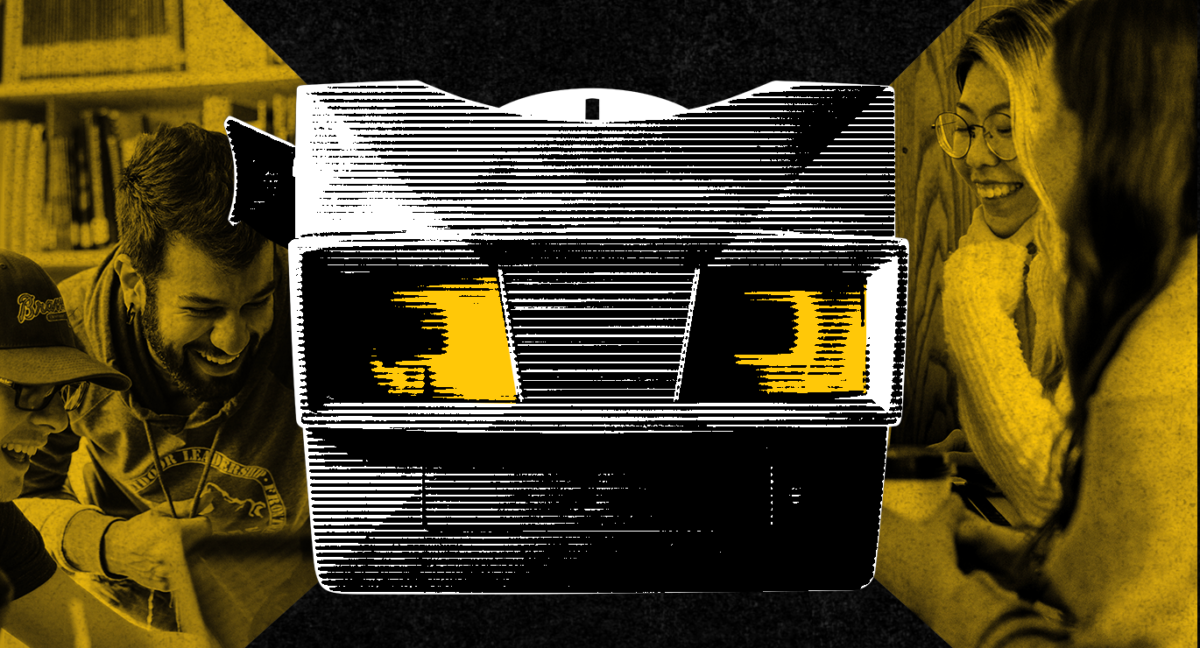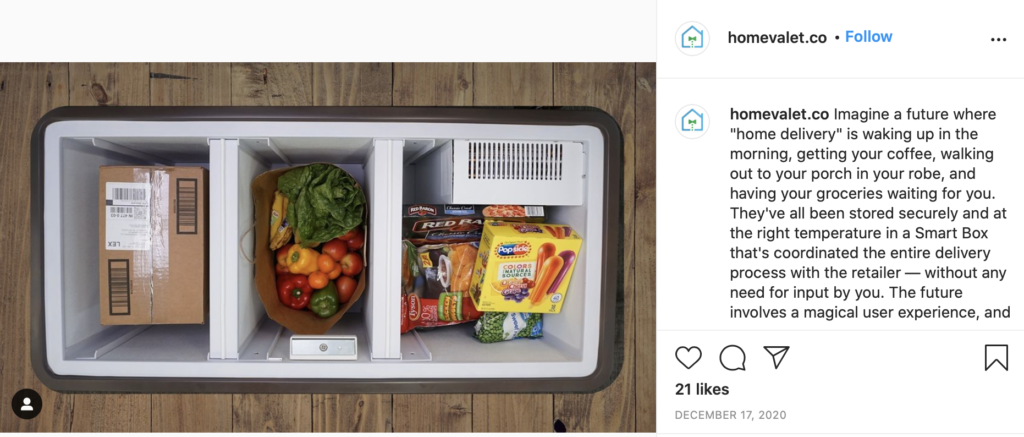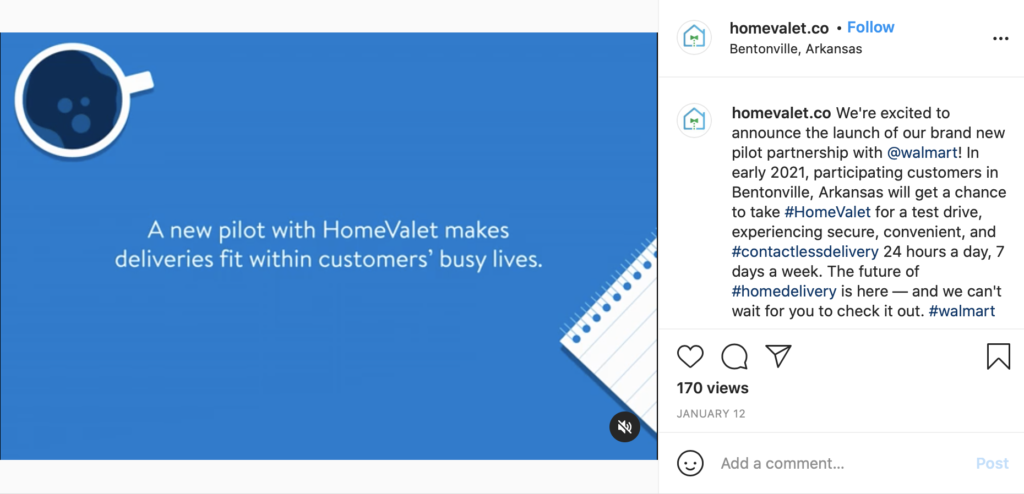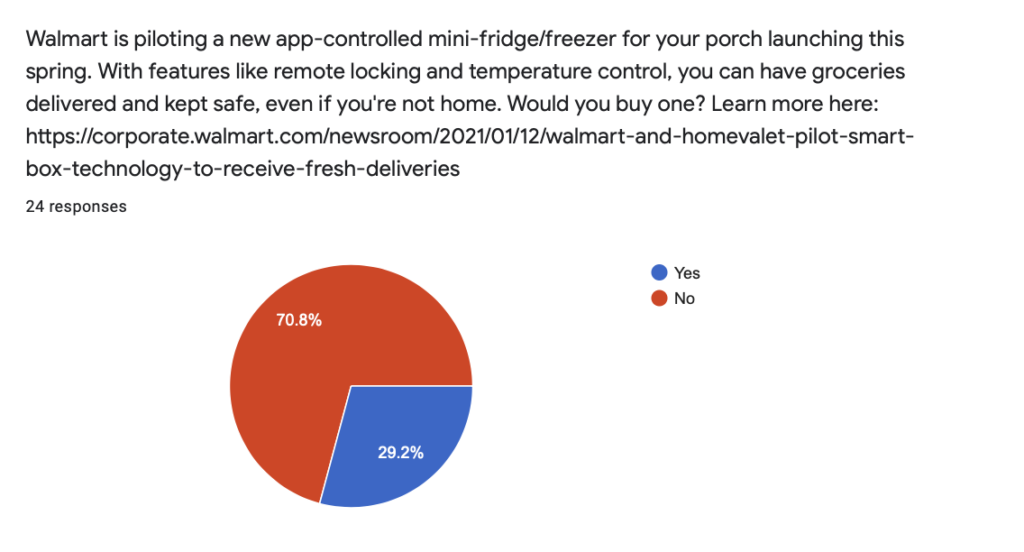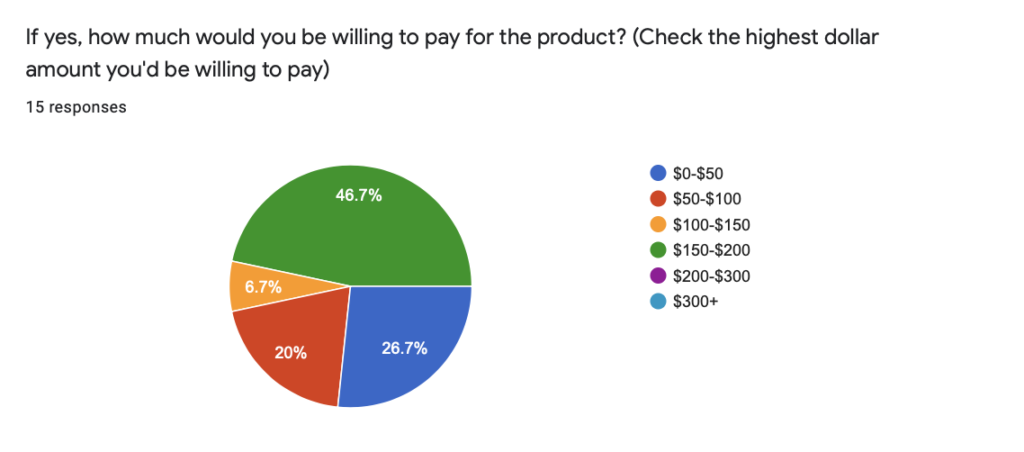But when and where does value realization occur? Well, that depends. Value realization can vary by product or service, and – depending on the priorities and needs of the consumer – can be very subjective.
Take, for example, a new pair of Nike running shoes. Value realization doesn’t typically occur at the purchase point within the customer journey. Instead, the customer realizes the true value of the shoes when he or she looks in the mirror and thinks, “Wow, these look great!” Or takes them for that very first run and notices an improvement in comfort and support. Or wears them about town and receives a compliment from a stranger or friend.
For CPG products like Coca-Cola, value realization may occur when customers take that first sip to quench thirst or receive a caffeine-boost of energy.
Value realization is the idea that there’s some point within your holistic customer journey when the value of the product or service is fully realized. It’s that realization that can illuminate the path for future and ongoing engagement, retention, and opportunities for upsells. Each business has to find and understand where value occurs for their customers and try to measure the moment by proxy. This unveils opportunities for change and innovation to then bring that moment of value realization further up the funnel.
Value realization isn’t always a metric. Oftentimes, it’s more of a concept. It’s an idea that there’s some point within your holistic customer journey when the value of the product or service is fully realized.
Pinpointing Moments of Value Realization
As with most things, you must start the crusade for quick value realization by going back to the basics and evaluating your business’s offering and delivery method inside and out.
More often than not, businesses and brands create products and services with their own goals and ideas top of mind. While this may result in experiences that please internal stakeholders, it isn’t always optimized for the customer or end user that you’re trying to engage and reach. Instead, you need to create a customer experience and evaluate value delivery from the perspective of the intended consumer. And in some cases, you may have to manufacture and intentionally test moments to pinpoint specific opportunities to drive or accelerate value realization.
For example, we work with a SaaS company who developed an AI-powered search and discovery platform. Right now, they – like many software companies – provide a compelling free trial that strives to demonstrate value in quick, small ways in order to convert trial users to regular users. While they may be able to leverage data to quantify users’ activities, and track and understand customers, an upgrade or purchase doesn’t actually reflect value realization. In fact, a conversion doesn’t guarantee a user has even had a customer experience that includes that coveted moment of truth, yet.
Instead, to truly gauge opportunities for value realization, they may consider building an interactive tool that comes pre-loaded with several data templates. In doing so, a product developer and potential customer can quickly approximate how the tool might work with their environment and enable them to realize the value right away. Airtable and Asana, for example, do this very well.
A proactive approach like this can help eliminate ambiguity associated with value realization and give businesses back the reins, by allowing them to manufacture (and measure and iterate!) a singular moment of truth.
Understanding the True Value of a Product or Service For Customers
This is easier said than done. It seems simple – most business leaders and innovators think they know the bottom-line value being offered to consumers – but when in the thick of things, striving to grasp the big-picture and bring it to life, the actual value that’s felt by customers can get lost in the larger dream.
Also read: Data Driven Insights Into the Evolving Customer Experience
Instagram is a great case study of this. The now-immensely popular and profitable app was first brought to life in 2009 under the name Burbn by Kentucky whiskey lover and hobbyist coder Kevin Systrom. In Its first life, it functioned as a location-based app (inspired by Foursquare) and allowed users to check-in at places, make plans for future check-ins, earn points for visits, and post pictures of get togethers. The thing was – it had so many features that it was too complicated, and therefore, not all that successful. But it had potential. Systrom analyzed and evaluated how users were engaging with the app over time and then brought in a second programmer – Mike Krieger – to help. By leaning into analytics and mapping user behavior, Systrom and Krieger discovered that the check-in features were a complete flop. No one was using them. They were, however, enthusiastically using the photo-sharing feature. So, with a new sense of clarity, Systrom and Kriefer stripped the app down, studied new potential competitors, and released Burbn 2.0 – an easy photo-sharing app named Instagram. The rest is history.
Considering that example – where did value realization occur? Systrom brought an innovative idea to life: He enabled people to check into locations, discover new hot spots, create future plans, and earn points by basically drinking. But while he saw value in all the knick-knacks, users didn’t care. It required too many hoops for them to jump through. What they cared about – where and when they perceived value – was in sharing photos that other friends would like. That simple series of actions – the intentional sharing and passive yet instant gratification of acknowledgement back – delivered users an emotional and addictive customer experience. That was the singular moment of truth. And value realization, it seems, lay hidden in a much more simplistic experience than Systrom originally thought.
With that being said, how can you and your team identify the moment of truth that delivers value realization for customers? And then bring that further up to reduce the amount of time and effort required to recognize value? Here’s a few ways we help our clients do it:
- Apply quantitative and qualitative lenses to your customer journey to determine where moments of truth may lie – not just to convert users into customers, but to drive repeat purchases, upsells, and lifetime satisfaction and value.
- Break down quantitative data to uncover moments of customer churn and identify thresholds that transcend customers into advocates and encourage more engaged, continual use.
- Interview and engage customers in conversation, both ones who have disengaged and ones who chose to repeat, to outline differences between the consumer groups and identify moments that formed their perceptions.
- Artificially manufacture and design moments of value realization that doesn’t necessarily reflect the materialistic product or service, but more importantly, demonstrates the value. Execute competitive analyses to identify opportunities to accelerate time to value.
Create customer experiences and evaluate value delivery from the perspective of the intended customer or end user.
The Bottom Line
Over the years, consumers have grown more differentiating and discriminating about the value they’re receiving and feel less loyal to brands. That means businesses must not only continually improve products and/or services, but truly optimize value realization to occur earlier in the customer journey to maintain wallet share, grow their consumer base, increase customer engagement, and lead the market.

